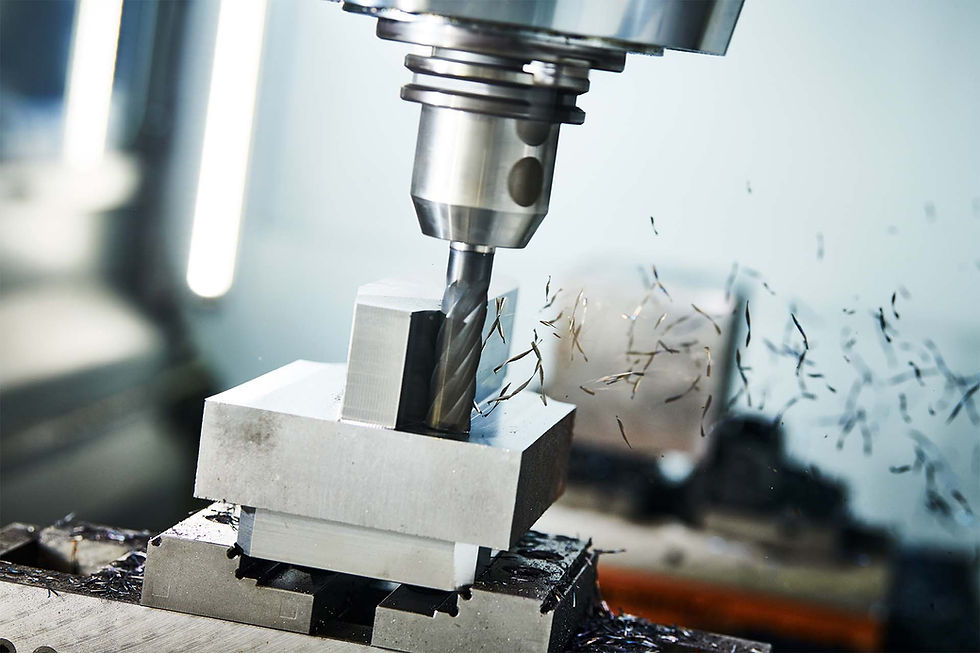A Beginner's Guide to Endmill Types and Their Applications
- Calvin Wu
- Mar 30, 2023
- 2 min read
Endmills are versatile cutting tools used in milling and CNC machining applications. They come in various types and designs, each suited for specific tasks and materials. In this beginner's guide, we will discuss the most common endmill types and their applications to help you choose the right tool for your projects.


1. Square Endmills:
Square endmills, also known as flat endmills, have a flat cutting edge and are primarily used for general milling tasks, such as slotting, contouring, and creating sharp corners. They can handle a wide range of materials, including metals, plastics, and wood.

2. Ball Nose Endmills:
Ball nose endmills have a hemispherical cutting edge, making them ideal for 3D contouring, profile milling, and creating smooth, rounded edges. These endmills are commonly used in mold and die making, as well as in the aerospace and automotive industries.

3. Corner Radius Endmills:
Corner radius endmills have a rounded cutting edge, which helps reduce stress concentrations and chipping at the corners. This design makes them suitable for applications that require high precision and improved surface finish, such as die and mold making.

4. Roughing Endmills:
Roughing endmills, also known as hog mills or ripper cutters, have serrated cutting edges designed to quickly remove large amounts of material. They are used for roughing operations where the primary goal is to remove material quickly, leaving a rough surface finish that can be cleaned up with finishing endmills.

5. High-Performance Endmills:
High-performance endmills are designed with advanced geometries and coatings to improve performance, tool life, and material removal rates. They are suitable for high-speed machining and challenging materials like hardened steel, stainless steel, and titanium.
Understanding the different types of endmills and their applications is essential for choosing the right tool for your milling and CNC machining projects. From square and ball nose endmills to roughing and high-performance endmills, each type offers unique capabilities and advantages.
For more insights into CNC machining and related topics, check out our blog posts, "Understanding CNC Machining: An Insight into Its Importance and Applications" and "The Top 10 CAM Software for CNC Machining: A Comprehensive Guide". These articles will provide you with valuable information on CNC machining techniques and the best software options for your needs, ensuring a more comprehensive understanding of the subject.



Comments